The 1886 Morgan Silver Dollar without a mint mark (Philadelphia issue) ranges from $30-$70 in circulated condition and $75-$200 for average uncirculated grades (MS60-MS63). Top-grade specimens like MS67 can command thousands of dollars at auction. Coins with proof-like or deep mirror proof-like surfaces are particularly valuable, with MS65 examples selling for over $850. The “O” (New Orleans) and “S” (San Francisco) mint marks also affect value significantly. Condition is critical—coins with sharp details, original luster, and minimal wear fetch premium prices. Error coins and exceptionally well-preserved specimens can reach several thousand dollars, making professional grading essential for accurate valuation.
The 1886 Morgan Silver Dollar represents a fascinating chapter in American numismatics, with certain varieties and mint marks commanding premium prices that surprise even seasoned collectors. While millions were minted across three facilities that year, specific errors and high-grade specimens have sold for thousands at major auctions. Understanding the nuances between Philadelphia, New Orleans, and San Francisco issues can mean the difference between a thirty-dollar coin and a small fortune sitting in your collection.
Philadelphia Morgan Dollars: The No Mint Mark Variety
The 1886 Morgan Dollar struck at Philadelphia carries no mint mark and represents the highest mintage of that year at 19,963,000 pieces. Despite this abundance, condition determines everything when it comes to value.
In circulated grades, these coins typically fall within a predictable range. A piece grading Very Good (VG-8) will fetch approximately thirty to forty dollars, showing heavy wear but maintaining visible design elements. Fine (F-12) examples command forty to fifty dollars, while Extremely Fine (EF-40) specimens reach fifty-five to seventy dollars with sharper details and moderate wear on high points.
The uncirculated market presents more dramatic variation. An MS-60 grade, representing the lowest uncirculated tier with numerous contact marks but no wear, starts around seventy-five to ninety dollars. MS-63 examples, considered choice uncirculated with fewer marks and better eye appeal, range from one hundred twenty to two hundred dollars. Here’s where things get interesting: MS-65 specimens jump to three hundred fifty to six hundred dollars, while MS-66 examples reach eight hundred to fifteen hundred dollars.
The true treasures exist at the highest grades. An MS-67 Philadelphia 1886 Morgan sold through Heritage Auctions in 2022 for four thousand two hundred dollars. MS-67+ specimens have exceeded six thousand dollars when featuring exceptional strike quality and original luster. The population reports from Professional Coin Grading Service show only forty-three coins graded MS-67 with just seven at MS-67+, explaining the premium prices.
New Orleans “O” Mint Mark Dollars
The 1886-O Morgan Dollar carries a small “O” mint mark on the reverse, positioned below the eagle’s tail feathers. The New Orleans facility produced 10,710,000 pieces, making it relatively common but with interesting value variations.
Circulated 1886-O dollars follow a similar pattern to Philadelphia issues in lower grades. VG-8 examples sell for thirty-two to forty-five dollars, with Fine (F-12) pieces reaching forty-eight to sixty dollars. The Extremely Fine range (EF-40 to EF-45) typically brings sixty to eighty-five dollars.
Uncirculated examples show stronger demand due to lower survival rates in mint state. MS-60 grades start at ninety to one hundred twenty dollars, while MS-63 pieces command one hundred sixty to two hundred fifty dollars. The MS-64 tier jumps significantly to three hundred to five hundred dollars, reflecting the difficulty in finding well-preserved New Orleans strikes.
High-grade 1886-O dollars become genuinely scarce. MS-65 examples range from seven hundred to thirteen hundred dollars. An MS-66 sold through Stack’s Bowers in January 2023 for three thousand one hundred dollars, while MS-67 specimens have reached seven thousand to nine thousand dollars at major auctions. The New Orleans mint was known for softer strikes and more bag marks, making gem examples particularly valuable.
Proof-like surfaces add substantial premiums. An MS-65 Deep Mirror Proof-Like 1886-O sold for eight hundred seventy-five dollars in 2023, while an MS-66 DMPL fetched four thousand six hundred dollars through Heritage Auctions.
San Francisco “S” Mint Dollars: The Premium Issue
The 1886-S Morgan Dollar, identified by the “S” mint mark below the eagle, carries the lowest mintage at 750,000 pieces. This scarcity translates directly into higher values across all grades.
Even heavily circulated examples command respect. Good (G-4) specimens start at sixty-five to eighty dollars, double the Philadelphia equivalent. Very Good (VG-8) pieces reach eighty-five to one hundred ten dollars, while Fine (F-12) examples sell for one hundred twenty to one hundred sixty dollars. Extremely Fine (EF-40) 1886-S dollars consistently bring two hundred to two hundred eighty dollars.
The uncirculated market demonstrates the 1886-S premium clearly. MS-60 grades begin at four hundred fifty to six hundred dollars, with MS-63 examples reaching nine hundred to fourteen hundred dollars. MS-64 specimens command two thousand to thirty-five hundred dollars, reflecting genuine scarcity in choice condition.
Gem quality 1886-S dollars rank among the more valuable common-date Morgans. MS-65 examples typically sell between five thousand and eighty-five hundred dollars. An MS-66 brought seventeen thousand dollars at a 2022 Heritage auction, while the finest known MS-67 specimen realized thirty-eight thousand dollars in 2021. NGC population reports show only nineteen coins certified MS-66 with merely four at MS-67, making these among the toughest Morgan dates to find in superb preservation.
Valuable Errors and Varieties Worth Seeking
Beyond standard mint mark varieties, several errors dramatically increase 1886 Morgan Dollar values. The most significant is the Vam-1A Doubled Die Obverse, showing clear doubling on “LIBERTY” and the date. MS-63 examples of this variety sell for six hundred to nine hundred dollars, while MS-65 specimens have exceeded twenty-two hundred dollars.
The Vam-20 variety features repunched mint mark characteristics visible under magnification. While subtle, MS-64 examples bring a one hundred fifty to two hundred fifty dollar premium over standard 1886-O issues.
Off-center strikes represent dramatic errors. An 1886 Morgan struck ten percent off-center sold for thirty-eight hundred dollars in AU-55 grade. A fifteen percent off-center example in MS-62 condition realized sixty-two hundred dollars through Heritage Auctions in 2023.
Clipped planchet errors, where part of the coin blank is missing before striking, command four hundred to twelve hundred dollars depending on clip size and grade. A straight clip affecting twenty percent of an 1886 Philadelphia Morgan brought nine hundred fifty dollars in EF-45 condition.
Die cracks and cuds add modest premiums in most cases, typically twenty to fifty dollars for minor examples. However, dramatic die breaks affecting major design elements can increase values by two hundred to four hundred dollars.
Grading Standards That Determine Value
Understanding professional grading standards helps explain the dramatic price jumps between grade levels. The Sheldon Scale runs from 1 to 70, with 60 representing the lowest uncirculated grade.
Good (G-4) shows heavy wear with outlines barely visible, rims merging into the field, and most detail worn smooth. Very Good (VG-8) displays more distinct lettering and partial feather definition. Fine (F-12) shows moderate wear with about half the feather detail visible and a clear hairline above Liberty’s forehead.
Very Fine (VF-20) exhibits light to moderate wear with three-quarters of feather detail remaining. Extremely Fine (EF-40) shows slight wear only on high points with sharp overall details. About Uncirculated (AU-50 to AU-58) displays minimal wear with most original luster intact.
The uncirculated grades make the largest value differences. MS-60 through MS-62 show numerous contact marks and potentially dull luster. MS-63 represents choice uncirculated with fewer marks and better eye appeal. MS-64 displays excellent luster with only minor marks, while MS-65 shows exceptional quality with minimal imperfections visible to the naked eye.
MS-66 coins exhibit outstanding quality with strong luster and only trivial marks under magnification. MS-67 and higher represent near perfection with full strike, blazing luster, and essentially mark-free surfaces.
Authentication and Professional Certification
Given the significant value differences between grades and varieties, professional certification through NGC or PCGS provides essential authentication and grade verification. Raw 1886 Morgan Dollars claiming high grades often disappoint when professionally graded, potentially dropping two to three grade points.
Certification costs range from thirty to seventy-five dollars depending on declared value and service level. For any 1886 Morgan appearing to grade MS-64 or higher, or any 1886-S above EF-40, certification makes financial sense. The holder protects the coin while the grade guarantee facilitates selling and establishes market value.
Counterfeit 1886-S dollars exist due to the mintage scarcity and premium values. Fake mint marks added to Philadelphia strikes fool inexperienced buyers but show incorrect font, positioning, or depth under magnification. Weight, diameter, and ring tone tests help identify counterfeits, though professional authentication provides certainty.
Where Collectors Find the Best Value
Building an 1886 Morgan Dollar collection strategically maximizes value while controlling costs. For Philadelphia issues, MS-63 and MS-64 grades offer the best combination of eye appeal and affordability, avoiding both the heavy marks of MS-60-62 and the steep premiums above MS-64.
The 1886-O presents excellent value in MS-63 to MS-64 grades compared to comparable Philadelphia examples, often available for modest premiums despite lower survival rates in mint state. Circulated examples in EF-40 to AU-58 provide solid value, showing attractive details at a fraction of uncirculated prices.
The 1886-S demands different strategy due to genuine scarcity. Collectors on budgets should target VF-35 to EF-45 grades, which display pleasing details without the four-figure minimums of uncirculated specimens. Those pursuing gem examples should focus on MS-65, as the jump to MS-66 more than triples the price for relatively minor quality improvements.
Auction results from Heritage, Stack’s Bowers, and Legend Rare Coin consistently show that proof-like and deep mirror proof-like examples bring substantial premiums regardless of mint mark. An MS-64 DMPL typically sells for double an MS-65 non-proof-like equivalent, representing genuine scarcity worth the premium for advanced collectors.
Building Your Morgan Dollar Portfolio
Start with a circulated three-coin date set including examples from each mint, achievable for three hundred to four hundred dollars total in VF-30 to EF-40 grades. This provides hands-on experience with each mint’s characteristics while building appreciation for strike quality and surface preservation differences.
Advanced collectors targeting gem examples should prioritize the 1886-S in MS-65, representing the key condition rarity of the date. An 1886 Philadelphia MS-66 or MS-67 provides spectacular eye appeal at lower cost than comparable 1886-S grades. The 1886-O fills the set nicely in MS-64 or MS-65, balancing quality against the extreme premiums of MS-66 and higher.
Variety collectors find the 1886 Morgan series particularly rewarding, with over sixty recognized Vam varieties ranging from subtle repunched mint marks to dramatic doubled dies. The Vam-1A doubled die obverse and Vam-20 repunched “O” represent achievable targets with clear premiums that reward patient searching.
Smart collectors track auction results through Heritage Archives, which provides free access to decades of price realizations with photographs. This research reveals market trends, helps identify undervalued opportunities, and builds expertise in recognizing quality examples worthy of premium bids. The 1886 Morgan Dollar offers something for every budget and collecting style, from affordable circulated examples to museum-quality rarities that continue appreciating as collector demand intensifies.
You may be interested:
- 1859 Indian Head Penny Coin Value Complete Errors List And No Mint Mark Worth Guide For Collectors
- 1911 V Nickel Coin Value Guide Complete Errors List And No Mint Mark Worth Today
- 1902 Dime Coin Value Complete Errors List With O S And No Mint Mark Worth Guide
- 1788 Quarter Coin Value Complete Guide Errors List And D S P Mint Mark Worth Revealed
- 1776 To 1976 Bicentennial Half Dollar Coin Value Complete Errors List And What Your D S And No Mint Mark Coins Are Actually Worth
- 1990 Penny Coin Value Errors List How D S And No Mint Mark Pennies Are Worth Thousands Of Dollars

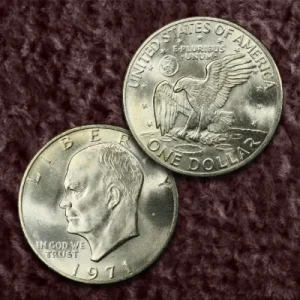
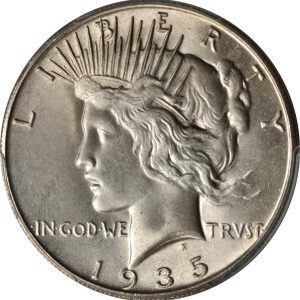
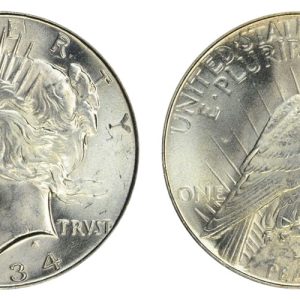
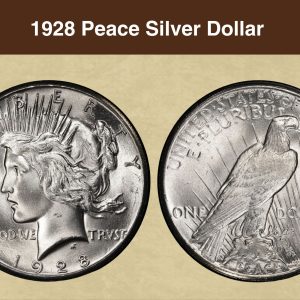
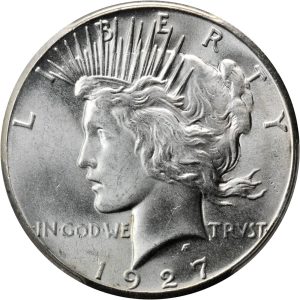
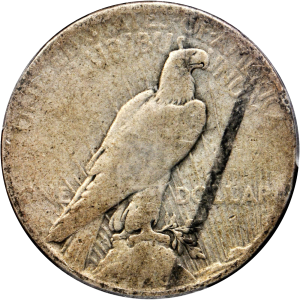
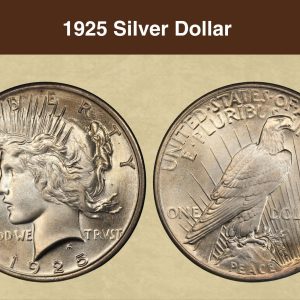
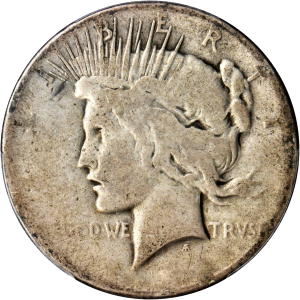
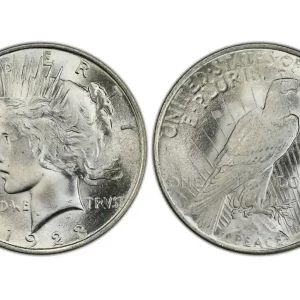
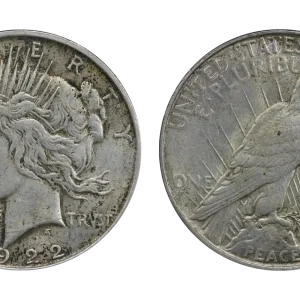
How much is a 1886 silver dollar worth with no mint mark?
An 1886 silver dollar with no mint mark (a Philadelphia issue) is worth between $30 and $70 in circulated condition, and between $75 and $200 in average uncirculated condition ( MS60 – MS63 ). The value depends heavily on the coin’s condition, with higher grades commanding significantly more money, potentially reaching thousands of dollars for top-grade examples like an MS67.
What are the rare errors on Morgan Silver Dollars?
Some of the most sought-after VAM varieties include the 1878-P 7/8 Tail Feathers, the 1879-P Reverse of 1878, and the 1887-P Doubled Ear. Clashed Dies : Clashed die errors occur when the obverse and reverse dies strike each other without a planchet in between, leaving impressions from one die on the other.
What is the hardest Morgan silver dollar to find?
The 1895 Proof is the rarest Morgan dollar among its years of issue, as well as a key date. Its extreme scarcity, combined with an enduring historical mystery, has elevated it from elusive to legendary. The Morgan silver dollar is one of the most iconic and highly sought-after coins.
Where do you find the mint mark on a 1886 silver dollar?
The 1886 silver dollar’s mint mark is on the reverse (back) of the coin, below the eagle. For coins from the New Orleans Mint, the “O” mint mark is located above the letters “DO” in the word “DOLLAR”. Coins minted at Philadelphia will have no mint mark and are more common.